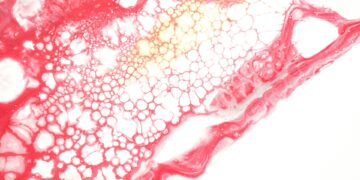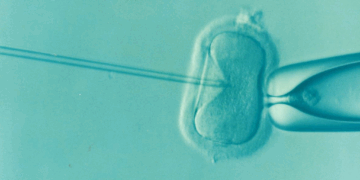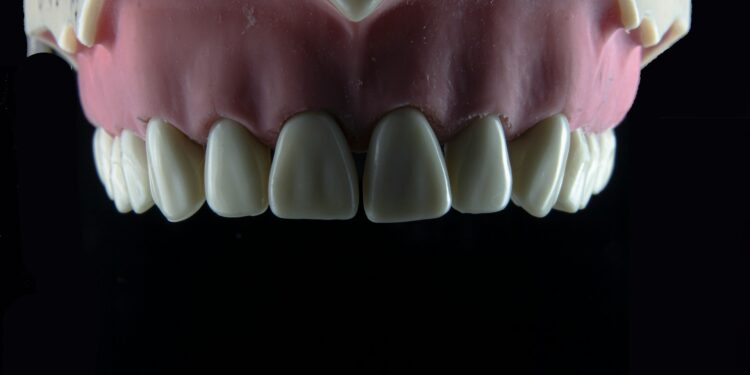The genetic code has been cracked.
A recent study published in Current Biology on December 12 reveals that the shape and size of human teeth are influenced by a set of 18 genes, including one inherited from Neanderthals. The study identifies 17 genes previously unknown to be associated with tooth development, shedding new light on the genetic factors responsible for the variation in tooth size and shape among individuals.
The research highlights how genetic differences in tooth development may vary across ethnic groups. One significant finding is that a gene variant linked to Neanderthals was found only in people of European descent. This variant is associated with thinner incisors, the front teeth most important for biting. Additionally, the study points to a gene called EDAR, which affects incisor shape in East Asian populations, and noted that this gene also influences the width of teeth in all humans.
The researchers analyzed genetic data from nearly 900 volunteers in Colombia with mixed ancestry from European, Native American, and African backgrounds. They compared this genetic information with 3D scans of dental impressions to identify specific genes influencing tooth dimensions. These findings not only help understand human evolution but also offer potential insights into dental health.
Lead researcher Qing Li from Fudan University in China pointed out the medical implications of these discoveries. By identifying genes related to normal tooth variations, this research could lead to better diagnosis and treatment of dental health conditions. For example, some of the genes linked to tooth development could be involved in disorders such as missing teeth or abnormal tooth growth. In the future, genetic tests might help diagnose dental issues, and gene therapies could offer new treatment options.
The study also found that people of European descent tend to have smaller teeth compared to other populations. However, the researchers did not conclude whether these genetic traits were selected for specific dental health advantages or whether they are byproducts of other evolutionary pressures. Further research will be needed to explore the evolutionary reasons behind these genetic variations.

































Discussion about this post